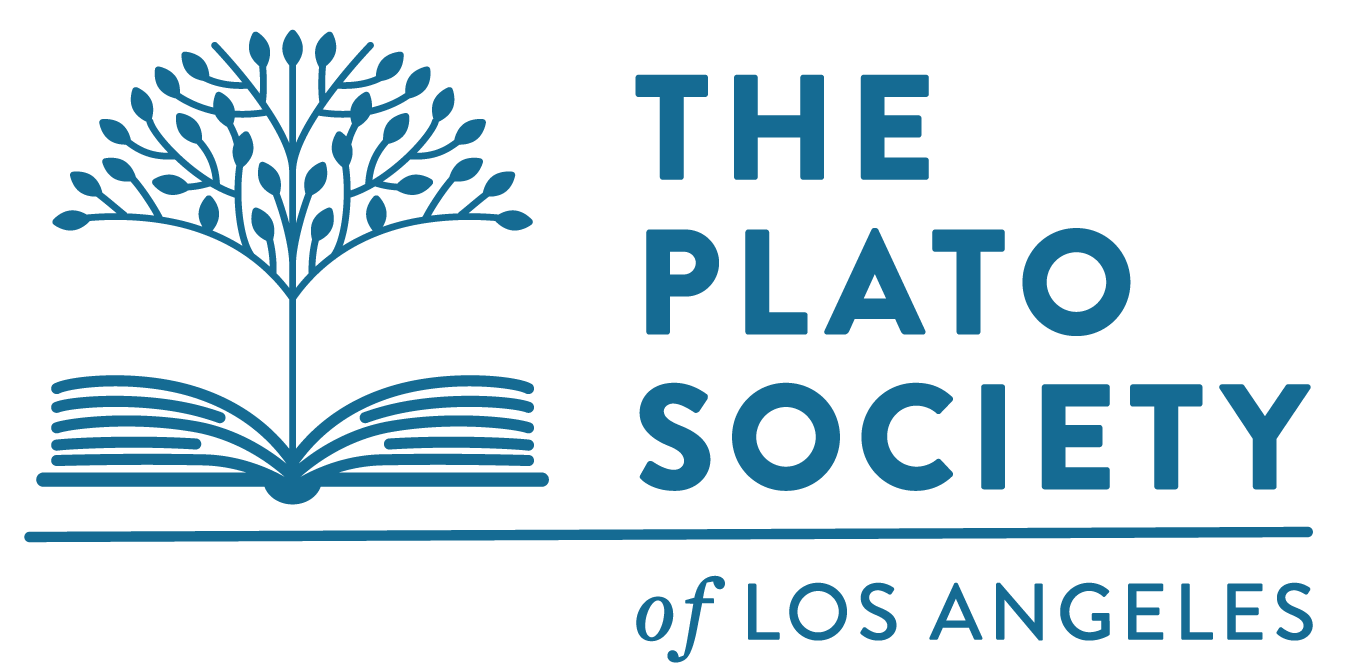Description
From modest textile merchants to one of the most powerful families in Europe, the Medici family was one of ambition, power and money. The Medici were enormously wealthy. Through their wealth and character they were able to rule Florence, control the papacy and influence the entire continent. They produced popes and queens, saw the rebirth of ancient and classical learning, revolutionized the banking system, sponsored art and architecture and spurred the birth of the Renaissance. In this SD/G we shall explore the dramatic rise and fall of this remarkable family, as well as the politics and intrigues of the times. We’ll follow the lives of great Renaissance artists like Michelangelo and da Vinci and scientists like Galileo. And we’ll look into the political influences and intrigues of such men as Savonarola, Machiavelli and Sforza.
Our core book, Paul Strathern’s The Medici, is a dazzling history of a modest family that rose to become one of the most powerful in Europe. Against the background of an age that saw enormous changes, Strathern explores the intensely dramatic rise and fall of the Medici family in Florence, as well as the Italian Renaissance which they did so much to sponsor and encourage.
Weekly Topics
1. Background, Prologue, Chapters 1-2: Ancient beginnings, Florence, banking and the Medici Bank, Giovanni de' Medici
2. Chapters 3-4: Giovanni de' Medici legacy, Cosimo de' Medici, patronage, consolidation of power, progressive ideas, war
3. Chapters 5-7: Prison, exile, Venice, the Abbizzi, Cosimo returns, reforms, Sforza, dawn of humanism
4. Chapters 8-9: Ecumenical Council of 1439, Ottoman invasion of Constantinople, , Florence's role in founding of Renaissance
5. Chapters 10-11: Cosimo de' Medici, power, Sforza, politics, Piero the Gouty, Lucretia, conspiracies
6. Chapters 12-13: Lorenzo de' Medici, pope Sextus IV, Pazzi bank, conspiracy, murder in the cathedral
7. Chapters 14-15: Lorenzo the Magnificent, patronage, politics, the arts
8. Chapters 16-17: Savonarola, death, succession, French invasion, banishment, Piero the Unfortunate, decline of Medici Bank, occupation, the Holy League
9. Chapters 18-19-20: Michelangelo, Rome's acendency, Cardinal Giovanni de' Medici, Machiavelli, Cesare Borgia, return of the Medici
10. Chapters 21-22: Pope Giovanni de' Medici, Pope Leo X, Rome's golden age, Martin Luther, the Reformation, death of Leo X
11. Chapters 23-24: Pope Adrian VI, Pope Clement VII, Guilio de' Medici, foreign and internal threats/alliances, fall of Rome, siege of Florence, Alessandro de' Medici, Duke of Florence, civil unrest, Spanish invasion, Cardinal Ippolito de' Medici, Cosimo de' Medici, fresh start
12. Chapters 25-26: Cosimo's rule, Strozzi, invasion, Florence from city state to sovereign territory, war, scientific, humanistic, political reform, arts and artists, Florentine power extended, Caterina de' Medici, Maria de' Medici, Protestant Reformation, Henry IV of France
13. Chapter 27: Science, Galileo, the arts, astronomy, Fernando II,
14. Chapters 28-29: Grand Duke Cosimo III, education/moral censorship, social purity, anti-semetism, Medici decline, end of the Medici
Bibliography
Strathern, Paul, The Medici: Power, Money, and Ambition in the Italian Renaissance, Pegasus Books, 2016




